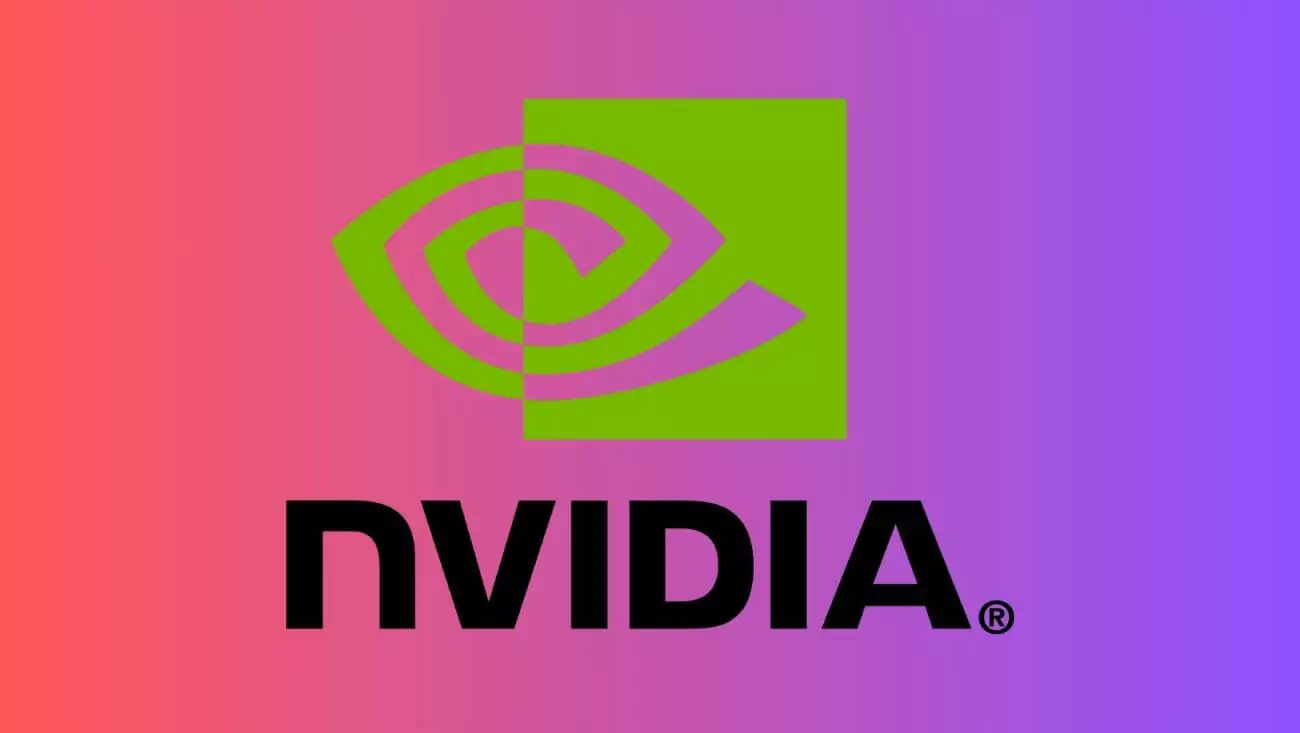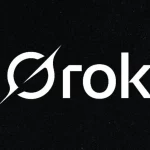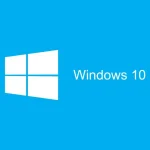Nvidia has raised the bar for automatic speech recognition (ASR) with the release of Parakeet-TDT-0.6B-v2, a fully open-source AI model now available on Hugging Face. This 600-million-parameter model, launched on May 1, 2025, can transcribe an hour of audio in just one second, achieving an average Word Error Rate (WER) of 6.05% on the Hugging Face Open ASR Leaderboard. Designed for high-quality English transcription with features like punctuation, capitalization, and precise timestamp prediction, Parakeet-TDT-0.6B-v2 is a game-changer for developers and industries relying on speech-to-text technology, offering a powerful, accessible tool in the ever-evolving AI ecosystem.
Building on Nvidia’s earlier Parakeet models from 2024, Parakeet-TDT-0.6B-v2 combines the FastConformer architecture with a Transducer (TDT) decoder to deliver unparalleled performance. It was trained on the Granary dataset, which includes 120,000 hours of English speech—10,000 hours of which are human-transcribed from datasets like LibriSpeech and Mozilla Common Voice. This extensive training enables the model to handle diverse audio conditions, from noisy environments to telephony-style audio, with a Real-Time Factor (RTFx) of 3386.02 at a batch size of 128. In practical terms, this means a 60-minute audio file, such as a podcast or lecture, can be transcribed almost instantly, making it a transformative tool for applications requiring real-time transcription, including media production, education, and customer service.
What Makes Parakeet-TDT-0.6B-v2 Stand Out
Here’s a closer look at the model’s key features:
- Blazing Speed: Transcribes 60 minutes of audio in one second on Nvidia’s GPU-accelerated hardware.
- High Accuracy: Achieves a WER of 6.05%, with support for punctuation, capitalization, and word-level timestamps.
- Open-Source Availability: Released under the Creative Commons CC-BY-4.0 license, enabling both commercial and non-commercial use.
- Diverse Training Data: Built on 120,000 hours of audio, ensuring robustness across various speech scenarios.
The model’s training process is a testament to Nvidia’s commitment to advancing AI research. It began with initialization from a wav2vec SSL checkpoint pretrained on the LibriLight dataset, followed by 150,000 training steps on 128 A100 GPUs. A final fine-tuning stage on 4 A100 GPUs used 500 hours of high-quality, human-transcribed data from NeMo ASR Set 3.0, ensuring precision across different audio types, including 16kHz standard audio and 8kHz telephony audio. Its ability to process audio segments up to 24 minutes in a single pass further enhances its utility, particularly for long-form content like webinars or interviews, where maintaining context is crucial for accurate transcription.
Parakeet-TDT-0.6B-v2’s open-source nature makes it a significant milestone for the developer community. Available under a commercially permissive CC-BY-4.0 license, the model can be integrated into a wide range of applications, from voice assistants to subtitle generators, using Nvidia’s NeMo toolkit with Python and PyTorch support. Developers can also fine-tune the model for specialized tasks, such as transcribing medical dictations or legal proceedings, where domain-specific terminology is critical. This accessibility aligns with Nvidia’s broader efforts to democratize AI development, empowering smaller organizations and independent creators to innovate alongside tech giants.
The potential impact of Parakeet-TDT-0.6B-v2 spans multiple industries. In education, it could enable real-time transcription of lectures, making content more accessible for students with hearing impairments or non-native English speakers. In the media sector, journalists and podcasters could transcribe interviews instantly, streamlining workflows and reducing production times. Customer service platforms could use it to transcribe and analyze calls, improving response times and customer satisfaction by identifying key issues in real time. Additionally, the model’s support for punctuation and capitalization makes it ideal for generating polished transcripts for professional use, such as in legal documentation or corporate meetings, where accuracy and readability are paramount.
However, the model is not without limitations. While it excels in English transcription, its performance in other languages remains untested, which could limit its applicability in multilingual contexts—a growing need in the global tech market. Additionally, its reliance on Nvidia’s GPU hardware for optimal performance may pose a barrier for developers without access to such resources, potentially exacerbating inequities between well-funded companies and smaller players. To address this, Nvidia has provided options for CPU inference, though performance is significantly slower, with an RTFx drop to around 50, meaning transcription of an hour-long audio file could take over a minute instead of a second.
Nvidia’s release of the Granary dataset, set to be presented at Interspeech 2025, further amplifies the model’s impact on the AI research community. This dataset, which includes 110,000 hours of pseudo-labeled speech alongside 10,000 hours of human-transcribed data, will be publicly available, enabling researchers to train and benchmark their own ASR models. This move could foster a collaborative ecosystem, accelerating innovation in speech recognition and potentially leading to advancements in related fields like natural language processing (NLP) and conversational AI. However, some experts caution that the dataset’s focus on English speech might limit its utility for researchers working on multilingual or low-resource languages, an area where progress is urgently needed.
The launch of Parakeet-TDT-0.6B-v2 comes as the global ASR market is projected to reach $49.3 billion by 2030, according to a 2024 Grand View Research report, driven by increasing demand for voice-enabled technologies. Nvidia’s leadership in this space, bolstered by its hardware expertise and now its open-source software contributions, positions it as a formidable competitor to companies like Google and Microsoft, which have their own ASR offerings. As the model gains adoption, its ability to balance speed, accuracy, and accessibility will be key to its success, particularly in industries where real-time, high-quality transcription can drive significant efficiency gains.
Parakeet-TDT-0.6B-v2 represents a significant step forward in speech recognition, offering a powerful, open-source solution that could redefine how we interact with audio content. For developers, it provides a versatile tool to build innovative applications, while for end-users, it promises a future where transcription is faster, more accurate, and more inclusive. What do you think about Nvidia’s latest AI model, and how might it impact your work or daily life? Share your thoughts in the comments—we’d love to hear your perspective on this groundbreaking development.







